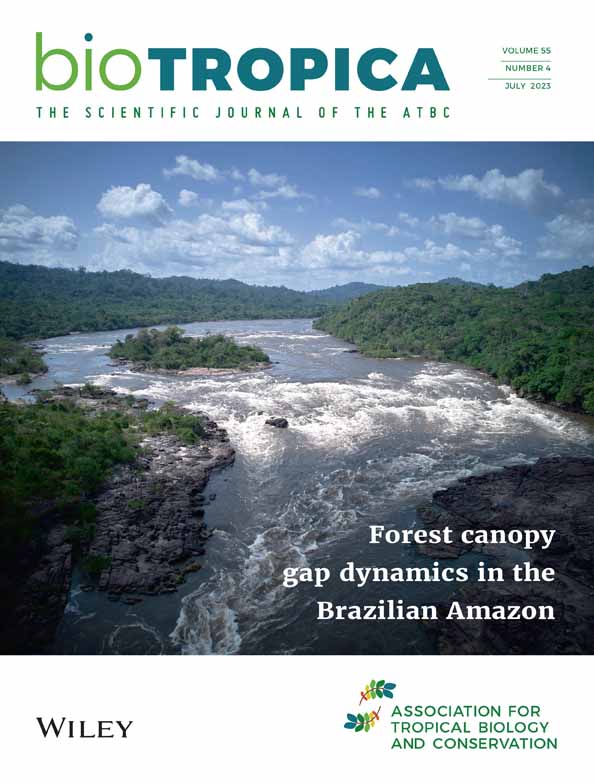In Biotropica
Although masting in Southeast Asia is characterized by the interspecific synchronization of reproduction, little is known about the variation in regeneration strategies among sympatric tree species during major masting events. Herein, we examined the hypothesis that non-abundant species achieve greater seed survival per seed production at the pre-...


